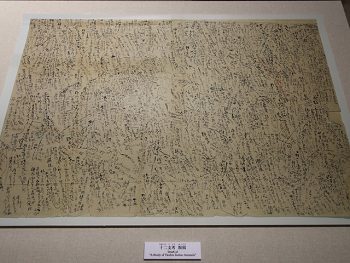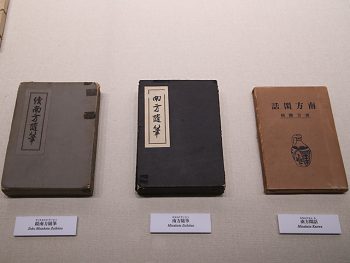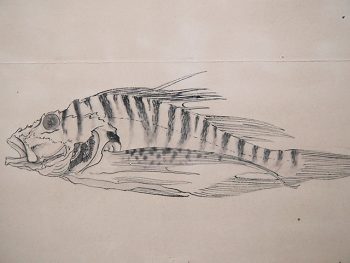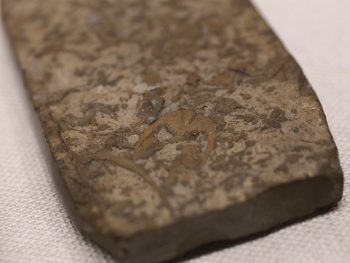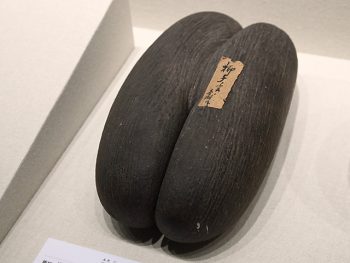Yanagita Kunio called Kumagusu “the greatest benefactor of the study of Japanese folklore.”
Their correspondence began in 1911 with a letter from Yanagita to Kumagusu. Around this time, Yanagita had begun his pioneering research into folklore, and Kumagusu had published a number of articles about folklore in academic magazines.
Their correspondence included discussions of so significant topics in folklore that Yanagita carefully saved the letters he received.
Yanagita intended to form a study of folklore inherent to Japan, whereas Kumagusu aimed for a comparative study of folklore from a wider point of view that included sexual customs. Their differences in orientations gradually caused their communication to slow.
However, after Kumagusu’s death, Yanagita praised him as “the utmost limit of Japanese potential” and offered to help with a plan to publish Kumagusu’s collected work.
